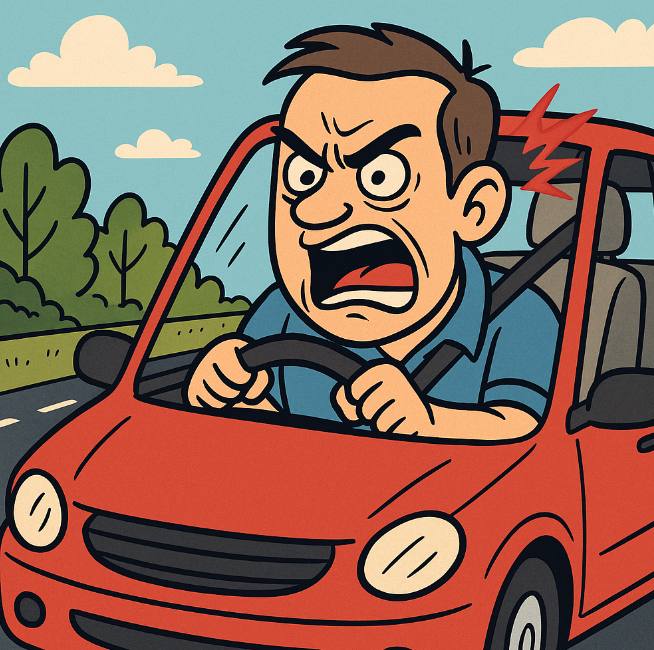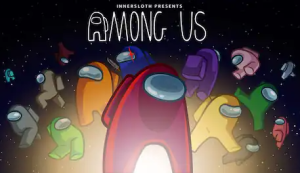
What Your Face Reveals in 1/25 of a Second Behind the Wheel
You’re cruising down the highway, playlist pumping, when someone cuts you off. Your jaw tightens. Your brow furrows—barely. A fraction-of-a-second twitch. You probably didn’t even notice. But science did.
A new study has found that these tiny facial flinches—called micro-expressions—can reveal powerful clues about how we’re feeling behind the wheel. And those feelings? They could spell the difference between a safe trip and a near-miss (or worse).
Turns out, your face may be giving you away before you even know you’re upset.
The Blink-and-You-Miss-It Language of Emotion
Micro-expressions aren’t your average smiles or scowls. These are fleeting, involuntary movements lasting as little as 1/25th of a second. Think of them as emotional whispers from your nervous system.
And here’s the wild part: they’re universal. No matter where you’re from, your face will likely twitch in a similar way when you’re scared, angry, or sad. That makes them an incredibly powerful tool for scientists—and potentially life-saving for drivers.
Why Driving Emotions Matter
Emotions play a huge role in driving behavior. Anger can lead to road rage. Sadness and fear can cause distraction. Even positive emotions like excitement can pull attention from the road.
According to global data, over 1.19 million people die in traffic accidents every year. A shocking number—over 26,000—are tied directly to distracted driving. That’s not just texting and driving; it’s emotional distraction too.
This new research shows that reading those blink-fast micro-expressions could help predict and prevent dangerous driving behavior before it spirals.
Meet the Emotion-Reading Machine
So how do you train a computer to read a twitchy cheek?
The researchers behind this study used something called the Facial Action Coding System (FACS). Think of it like a facial muscle map. Each movement—say, a brow lowering (AU4) or a lip tightening (AU23)—has a code.
They then built a high-powered AI using deep learning models (ResNet18 and a Bi-LSTM, for the tech-savvy among us) to scan video footage of drivers and match those facial movements to emotions like anger, fear, sadness, and disgust.
And the results? The model clocked in at over 96% accuracy. That’s better than most people could do in real time.
Emotions on the Road: What the Science Found
Using real driving footage and facial analysis, the system could tell exactly what emotion a driver was feeling—even when the expression was almost invisible. Here’s what it found:
- Anger showed up a lot, with tight eyelids and clenched lips.
- Disgust and fear were also frequent.
- Sadness crept in more than you’d think.
- Surprise and happiness were rarer, but not absent.
In a simulated driving study, the system was able to identify drivers’ emotional states with 91% accuracy, just from their micro-expressions alone.
What’s Next: Emotion-Smart Cars?
The implications of this research are huge. Picture this:
- Your car senses your rising frustration and calmly lowers your music or suggests a break.
- Ride-share apps monitor driver stress to keep passengers safe.
- Fleet managers detect burnout in long-haul truckers—before it leads to disaster.
Even futuristic driving companions like AIDA (Affective Intelligent Driving Agents) could use this tech to talk us down from a rage spiral—or offer a digital high-five after a stressful commute.
But Wait—Are There Limits?
Of course. The tech isn’t perfect yet. Real-world environments are messy: lighting changes, sunglasses get in the way, and everyone expresses emotions a bit differently. Plus, relying too much on AI raises privacy concerns.
Still, this study is a major leap forward in understanding how micro-emotions affect macro-behaviors—like driving. And it shows just how much our faces say, even when we think we’re keeping it cool.
Let’s Explore Together
Facial twitch science might just be the next big thing in keeping us safer behind the wheel.
- How do you see this research affecting your life or commute?
- Would you trust your car to tell you how you feel?
- What’s the wildest science fact about emotions you’ve learned recently?
Share your thoughts in the comments or tag us on social—because the science of emotion is way too fascinating to keep bottled up.



